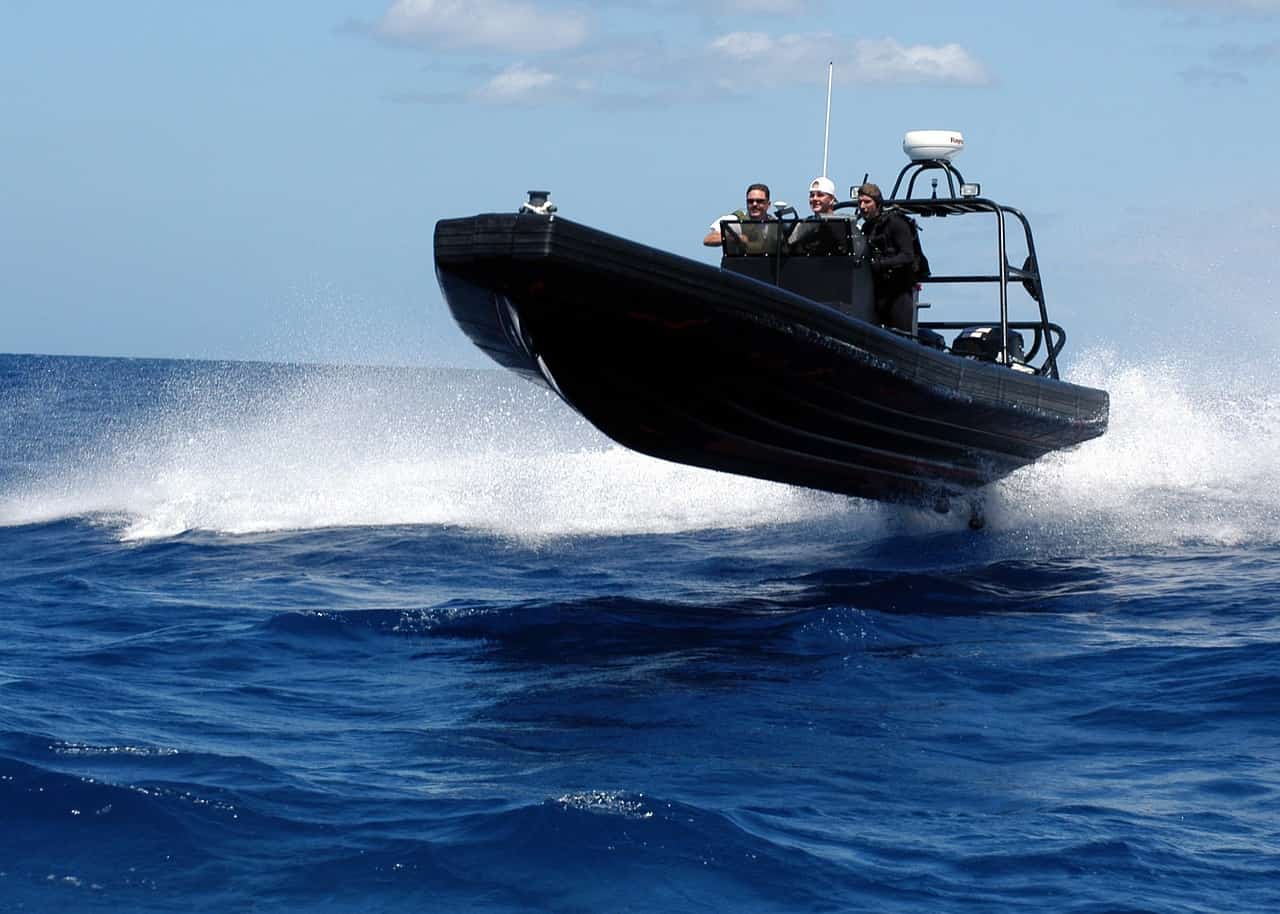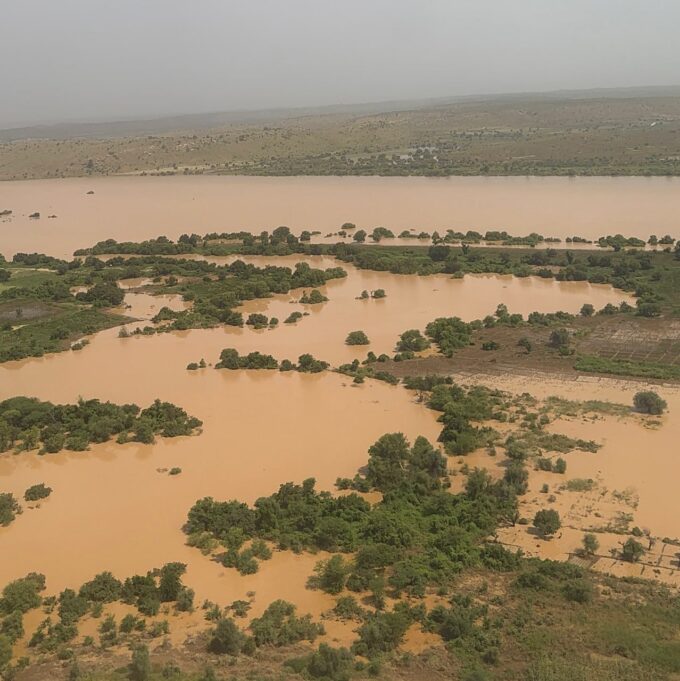A devastating maritime tragedy has struck once again along one of the world’s deadliest migration routes. At least 45 lives have been lost, and dozens more are missing after two overcrowded boats sank off the coast of Djibouti. The vessels, carrying refugees and migrants from Africa, were attempting to traverse the perilous Red Sea crossing—a route known for its dangers, yet used by tens of thousands seeking a better life.
According to reports, the boats left Yemen with 310 passengers aboard before the tragedy occurred. The International Organization for Migration (IOM) confirmed the incident and stated that search and rescue operations are ongoing, with support from local emergency services. So far, 32 survivors have been found, and Djibouti’s coastguard announced a joint rescue effort that has managed to save 115 people. Despite these efforts, dozens remain unaccounted for, as the boats sank only 150 meters from a beach in the Khor Angar region, located in the northwestern part of Djibouti.
Images shared by the coastguard show the aftermath, with rows of white body bags, serving as a somber reminder of the lives lost. The authorities have pledged to continue the search for the missing and ensure the survivors receive the care they need.
This tragic event is part of a wider crisis that has seen numerous similar incidents along the “Eastern Route,” which links the Horn of Africa to Yemen and the Gulf states. This route, one of the busiest and most hazardous for migrants and refugees, has become synonymous with danger. Many embark on this journey fleeing conflict, political violence, or the impacts of climate change in their home countries. In the face of such challenges, they risk everything in the hope of finding better opportunities in the Gulf states, particularly Saudi Arabia.
However, the journey itself is fraught with perils. Migrants are packed onto overcrowded vessels, often with inadequate safety measures, making capsizing a frequent risk. Once on the high seas, they face not only the threat of drowning but also the risk of exploitation and violence from traffickers who control much of the migration network. Upon arrival in Yemen, many continue to face harrowing conditions, including human rights abuses, as they attempt to reach their final destinations.
The sinking of these boats follows similar incidents earlier in the year. In April, 38 people, including children, perished when their boat sank off the Djibouti coast. In June, another 49, primarily from Ethiopia and Somalia, died when their vessel capsized after departing Somalia. These events highlight the recurring tragedy faced by migrants who see no other option but to embark on such a dangerous journey.
According to the IOM, nearly 400,000 people undertook the Red Sea crossing in 2023 alone, and the number of fatalities or missing persons continues to rise. Close to 700 people were reported dead or missing last year, adding to the grim total of nearly 1,000 lost since 2014.
This maritime disaster underscores the urgent need for coordinated regional efforts to address the root causes of migration and improve the safety and conditions for those seeking refuge or better economic opportunities. With each passing tragedy, the global community is reminded of the high cost many are forced to pay in search of a better life, as well as the shared responsibility to protect those most vulnerable from such preventable loss of life.
As the search for survivors continues, the focus remains on preventing further loss and ensuring a humane response to this ongoing crisis.













Leave a comment